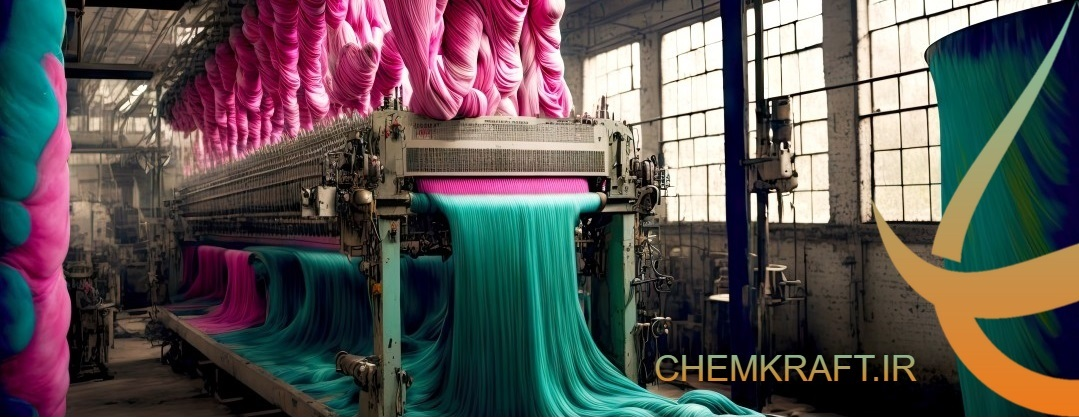Caustic soda, also known as sodium hydroxide, plays a significant role in the textile dyeing process. Its application is crucial in various stages of dyeing to achieve the desired color and quality of fabrics. This essay will explore the various applications of caustic soda in textile dyeing and its importance in the overall process.
preparation of the fabrics
The first application of caustic soda is in the preparation of the fabric for dyeing. Before dyeing, it is necessary to remove any impurities, such as oil, grease, and wax, from the fabric. Caustic soda is used to alkalize the fabric, making it easier to remove these impurities through scouring and bleaching processes. It ensures that the fabric is clean and ready to absorb the dye evenly.
Mercerization
Another essential application of caustic soda in textile dyeing is in the process of mercerization. Mercerization is a treatment that enhances the strength, luster, and affinity of the fabric for dyes. It involves treating the fabric with caustic soda, which causes the fibers to swell and change their structure, resulting in increased dye absorption capacity. This process significantly improves the quality and appearance of the dyed fabric.
Dye fixation
Caustic soda is also used in the process of dye fixation. After dyeing, the fabric needs to be chemically treated to ensure that the dye molecules are permanently attached to the fibers. Caustic soda is commonly used in this fixation process, known as after-treatment, as it helps to improve the wash and lightfastness properties of the dyed fabric. It ensures that the color remains vibrant and does not fade easily with repeated washing or exposure to sunlight.
Reactive dyeing
Furthermore, caustic soda is employed in the process of reactive dyeing. Reactive dyes are widely used in textile dyeing because of their strong affinity for cellulose fibers. Caustic soda acts as an activator, helping to improve the reactivity of the dye molecules with the fabric. It creates an alkaline environment that facilitates the formation of covalent bonds between the dye and the fabric, resulting in excellent color fastness and durability.
Removal of unfixed or excess dye
Another important aspect of caustic soda application in textile dyeing is in the removal of unfixed or excess dye from the fabric. After dyeing, there may be some unfixed or loosely bound dye molecules remaining on the fabric surface. Caustic soda is used as a dye stripping agent to remove these unwanted dye molecules, ensuring a clean and uniform color on the fabric.
Preparation of the dye bath
Caustic soda is also utilized in the preparation of the dye bath. It helps to adjust the pH of the dye solution to the optimal level for dye absorption. Different dyes require specific pH conditions for optimum result. Caustic soda provides the necessary alkalinity to achieve the desired pH level, ensuring effective dye uptake and color development.
Process of synthetic fiber dyeing
Furthermore, caustic soda is essential in the process of synthetic fiber dyeing. Synthetic fibers, such as polyester and nylon, cannot be dyed with conventional dyes due to their hydrophobic nature. Caustic soda is used as a dye carrier in the dyeing process of synthetic fibers, allowing the dye to penetrate and bond with the fibers. It enables the production of vibrant and long-lasting colors on synthetic fabrics.
In conclusion, caustic soda plays a vital role in textile dyeing due to its diverse applications. It is used in fabric preparation, mercerization, dye fixation, reactive dyeing, dye stripping, dye bath preparation, and synthetic fiber dyeing. The proper application of caustic soda ensures that the dyeing process is effective, resulting in vibrant, long-lasting colors and superior quality fabrics.









